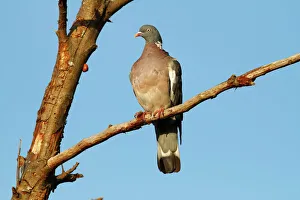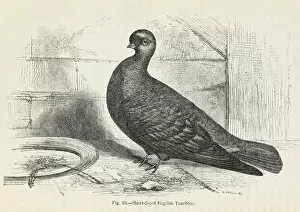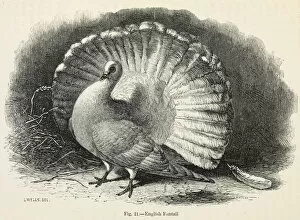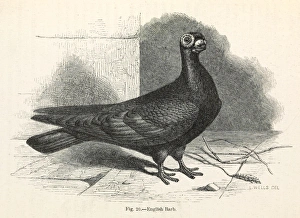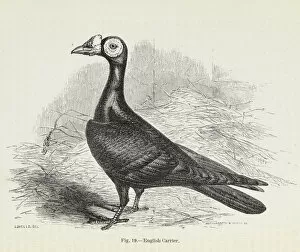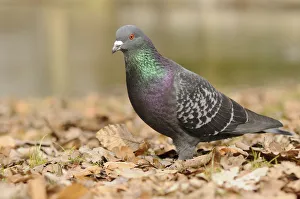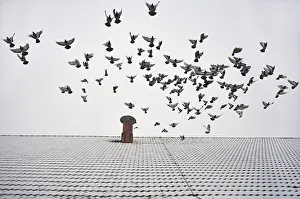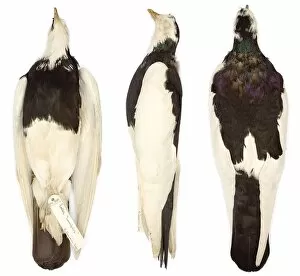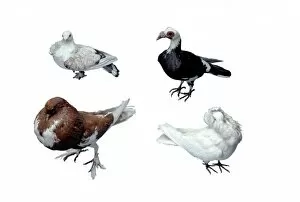Columba Livia Domestica Collection
The Common Wood Pigeon, also known as Columba palumbus, gracefully perches on a branch amidst the serene Baltic Sea island of Fehmarn in Schleswig-Holstein, Germany
All Professionally Made to Order for Quick Shipping
The Common Wood Pigeon, also known as Columba palumbus, gracefully perches on a branch amidst the serene Baltic Sea island of Fehmarn in Schleswig-Holstein, Germany. This elegant bird is just one of the many fascinating species within the Columba livia domestica family. Among these captivating pigeons are Darwins Pigeons, each possessing its own unique charm. The English Pouter showcases an elongated body and an impressive inflated crop that sets it apart from the rest. Meanwhile, the Short-faced English Tumbler captivates with its distinctive short beak and mesmerizing aerial acrobatics. Another member of this diverse family is the African Owl pigeon, which boasts striking feather patterns resembling those of an owl. Equally enchanting is the English Fantail pigeon with its extravagant tail fanning out like a beautiful peacock's display. The English Barb pigeon stands out with its distinctively shaped head and vibrant plumage that catches everyone's attention. On the other hand, we have the regal English Carrier pigeon renowned for its exceptional homing instincts and remarkable endurance. While some pigeons have been domesticated over time to become beloved pets or show birds, others have adapted to urban environments as feral or street pigeons. These resilient creatures can be found soaring through cityscapes worldwide. In winter landscapes such as Eckenhaid in Bavaria, Germany, these hardy birds take flight from snow-covered roofs against a picturesque backdrop. Their ability to thrive even in harsh conditions demonstrates their resilience and adaptability. One particular subspecies within this family is known as Rock Dove or Columba livia domestica—a feral pigeon standing confidently on an earthenware post captures our attention. Its rugged beauty serves as a reminder of how nature persists even in man-made surroundings. Lastly, we encounter another stunning variety called Pouter—a domestic pigeon admired for its exaggerated chest and elegant posture.

